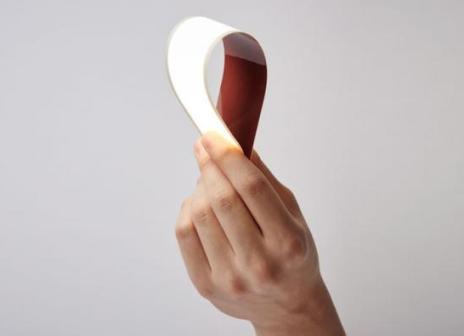The Koreans company took some time working on this technology but in this second generation has taken an important step: have neglected the glass to throw plastic models. In the first, the possibility of bending was limited to 75mm while with this material the second generation increases its radius 30mm, thus preventing it from breaking if you apply too much force on it.
$680 per 320x320mm
Why has now moved to plastic and not before? By having the technology list to maintain the same levels of efficiency in brightness and in the color rendering index. To overcome this obstacle, you used encapsulation technology that allows these OLED panels efficiency of 60 lm/W, 75 lm brightness and color temperature of 3,000 degrees Kelvin with a color rendering index above 85.
The factory employing LG for their production is ready both to create samples with the specifications that we just discussed and also to create large shipments of OLED panels with a size of 320×320 mm and a thickness of 0.88mm with the following capabilities: 60lm/W, color rendering index above 90 and a luminance of 800lm with 8.5V and 1.600mA. Adding power, it is capable of reaching 1.200 lm.
Its production will begin this first quarter of the year at a price of $680 although the figure may be reduced depending on how large the order is made at the factory.

Comments are closed, but trackbacks and pingbacks are open.